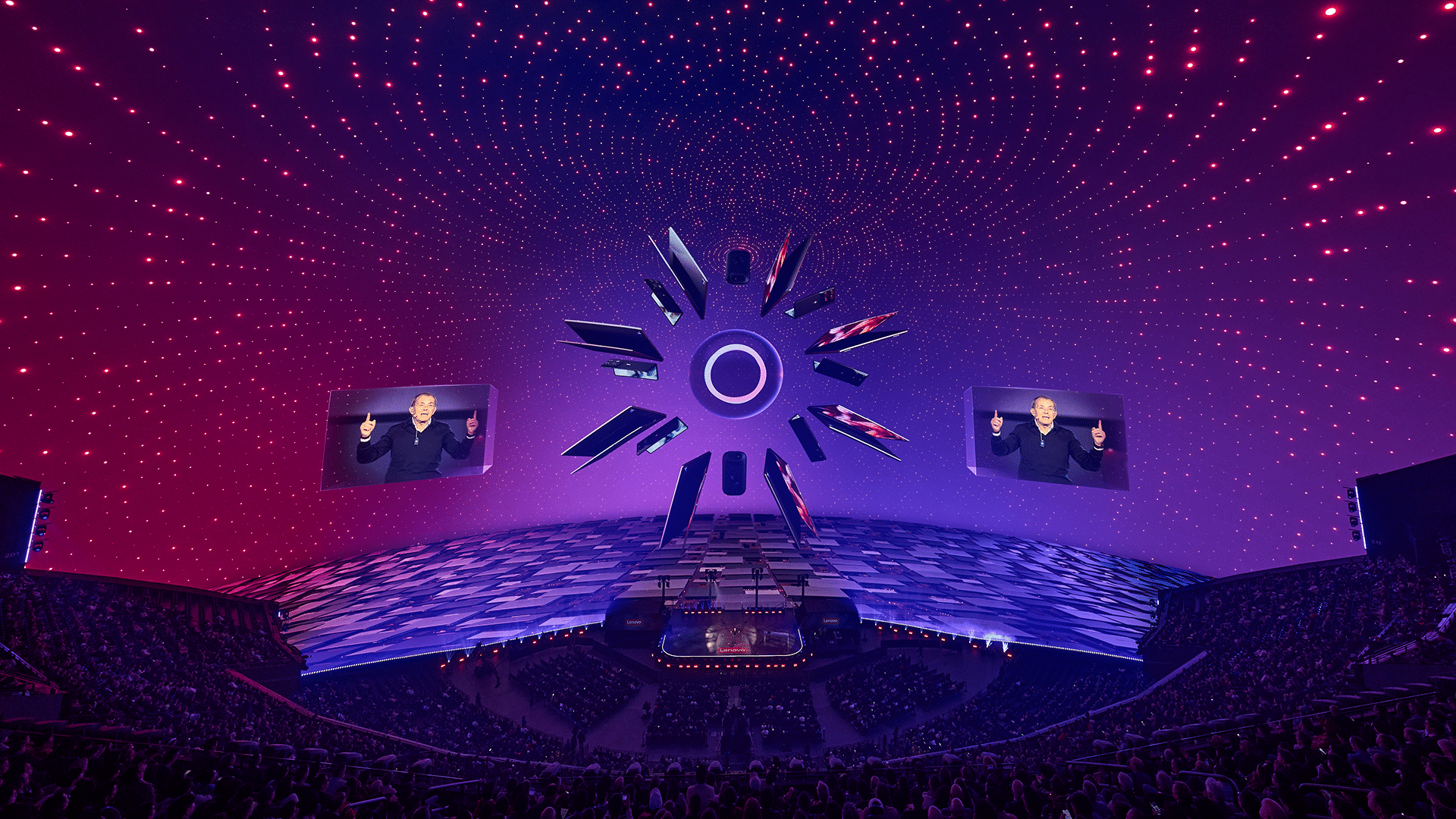Last week, the New York Mets, winners of 101 games during the regular MLB season, hosted all three games of the National League Wild Card Series against the San Diego Padres. While the Mets were able to sell out Games 1 and 2, Game 3’s announced crowd of 39,241 people, or 94% of Citi Field’s capacity, fell short of a sellout.
The inability of the club to sell out points to several factors that have made it more difficult to attract customers to sporting events, movies, concerts, and other live-action events. These factors include scheduling issues, the relative cost of the experience, how convenient it is to attend, competition from other events, and the availability of in-home experiences that are almost as good. These factors are bound to come up with any live event, and require attention to entice customers to make the effort to leave the comfort of their home.
- Scheduling: One of the most difficult aspects to manage is the scheduling of a specific event. While some scheduling issues cannot be avoided, it is generally a good idea to take into consideration the other events that may be taking place adjacent to or after an event. In the Mets’ example, starting a game on a Sunday night at 8:00 P.M., when most potential customers need to go to work or school the next day, can adversely impact attendance, particularly if these customers feel they have other options (see below). It is also important to consider frequency; people are less likely to go to an event if they feel they have several opportunities to do so. A great example are concerts or performances put on by local musicians. If it is clear that they perform frequently in one area, there is less of an impetus to mark a performance date and attend, since “there will always be another show.”
- Cost: Event organizers also need to keep in mind the costs associated with an event, both for the event itself, as well as other amenities (food, extra activities, souvenirs, etc.), that can impact the total cost to a customer, particularly in rocky economic environments. One of the big knocks against professional sports is that the cost to attend regular season games is extremely high, when you factor in other costs such as parking fees, the high cost of food and drink, and the costs involved with purchasing “extras,” such as team merchandise. Organizations seeking to increase ticket sales, particularly for regular season games, should consider offering discounts or other incentives that can be used for these ancillary costs, for customers who purchase a certain number of tickets, or purchase multiple games. This demonstrates appreciation to the customer for purchasing event tickets, while also increasing the likelihood that customers will, in fact, purchase food, drink, or other merchandise with that discount or coupon (savvy fans already know that most stadiums allow a small amount of outside food to be brought in, subject to certain restrictions).
- Convenience: A key factor in whether customers will attend an in-person event (which can also be in-store meet-and-greets, book signings, flash sales, or other promotional tools used to generate retail foot traffic) is whether the event is convenient. Customers have increasingly become used to shopping, consuming events and media, and even socially engaging from the comfort of their homes, thanks the ubiquity of high-speed internet services. That is why organizers need to make it convenient to attend an event, and can deploy the following tactics to do so:
- Provide both mobile or e-ticket options, with clear information detailing the event, location, time, and, if necessary, specific instructions or directions on where to go (e.g., “Line up at the velvet ropes starting at 7:00 P.M. sharp.”
- Ensure there are clear directions on where to park, and consider offering discounts on parking fees, or provide options for taking mass transit.
- Offer an FAQ for the event, which is available via mobile devices, so customers can access it while on the go.
- Where possible, provide humans or kiosks at the event to address any questions on site. Many venues do a good job of ensuring that all customer-facing employees are trained with basic knowledge about the venue, or know to whom or where to send a customer to get the information requested.
- Competition: Another consideration is competition, from similar events, as well as unrelated events that are competing for the customer’s time, attention, and wallet. In addition, the advent of immersive digital experiences available today, delivered via large, 65-inch-plus flat screens and 5.1-channel surround sound, and even services available that let you watch multiple games at once (e.g., NFL RedZone), games, concerts, and other events can easily be experienced without leaving home.
Thus, event producers and managers need to ensure that the event itself offers an experience that cannot be fully replicated at home, or via other events. Part of that experience begins with ensuring that each customer is provided with a personalized or boutique experience. While more personalization can be provided to ticketholders that provide personal details, basic degrees of personalization can be provided through behavioral analysis. For example, kiosks used for ordering food within a stadium or arena can be optimized to show related food or drink items based on an initial selected item, making ordering and checking out faster, a key issue for customers trying to get refreshments prior to the start of the event.
Other enhancements include streamlining the entry and security screening process to minimize queues, ensuring there is adequate Wi-Fi or cellular coverage, providing in-event immersive experiences, and offering a mobile application that includes relevant information (venue maps, food ordering, FAQs, and, if relevant, information about the event itself), so that the experience is as frictionless as possible.
In the end, the most powerful draw for any event is the performance of the team, musician, or other attraction. While it is impossible for event organizers to guarantee that a team will perform well, or a musician will play an amazing set, they can take steps designed to help customers purchase tickets for, attend, interact, and depart from the event easily and friction-free, increasing the likelihood that they will attend future events.
Author Information
Keith Kirkpatrick is Research Director, Enterprise Software & Digital Workflows for The Futurum Group. Keith has over 25 years of experience in research, marketing, and consulting-based fields.
He has authored in-depth reports and market forecast studies covering artificial intelligence, biometrics, data analytics, robotics, high performance computing, and quantum computing, with a specific focus on the use of these technologies within large enterprise organizations and SMBs. He has also established strong working relationships with the international technology vendor community and is a frequent speaker at industry conferences and events.
In his career as a financial and technology journalist he has written for national and trade publications, including BusinessWeek, CNBC.com, Investment Dealers’ Digest, The Red Herring, The Communications of the ACM, and Mobile Computing & Communications, among others.
He is a member of the Association of Independent Information Professionals (AIIP).
Keith holds dual Bachelor of Arts degrees in Magazine Journalism and Sociology from Syracuse University.








